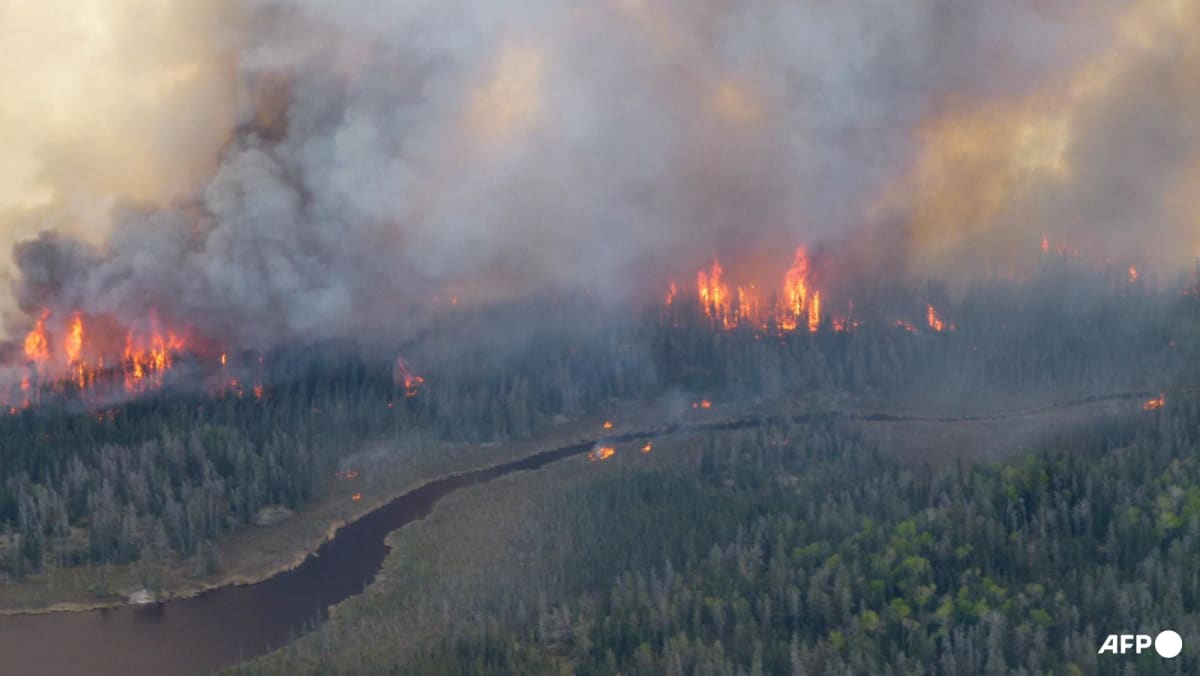Some of the worst smoke was in Alberta where three major oil sands producers – Canadian Natural Resources, MEG Energy Corp, and Cenovus Energy – this week evacuated workers and temporarily shut down hundreds of thousands of barrels of production per day.
Huge plumes of smoke even reached Europe, the European Union’s climate monitoring service said on Tuesday.
Due to their very high altitude, they do not pose an immediate health risk, according to the Copernicus Atmosphere Monitoring Service (CAMS), but are likely to result in hazy skies and reddish-orange sunsets.
Additional plumes are expected to shade both continents in the coming days.
“Central regions of Canada have experienced a very intense few weeks in terms of wildfire emissions,” noted Mark Parrington, scientific director at CAMS.
Canadian authorities have forecast a more intense fire season than usual in central and western Canada, due in particular to severe or extreme drought.
“The significant reduction in snowpack in the spring led to early exposure of soil and vegetation, accelerating surface drying,” explained University of Ottawa professor Hossein Bonakdari.
“This early exposure acted as a silent amplifier, subtly setting the stage for extreme fires long before the first flame ignited,” he said.
Elsewhere, extensive forest fires have been raging in Russia’s Far Eastern Federal District since early April, particularly east of Lake Baikal, generating carbon emissions of around 35 million tonnes, Copernicus reported.
